In today’s world, smartphones are our daily companions. We use them for calls, messages, games, shopping, and even work. Because of this heavy use, the most important thing people look for is — battery life.
In 2025, smartphone makers are focusing more than ever on big batteries and fast charging. Let’s understand how these features have improved and what they mean for you.
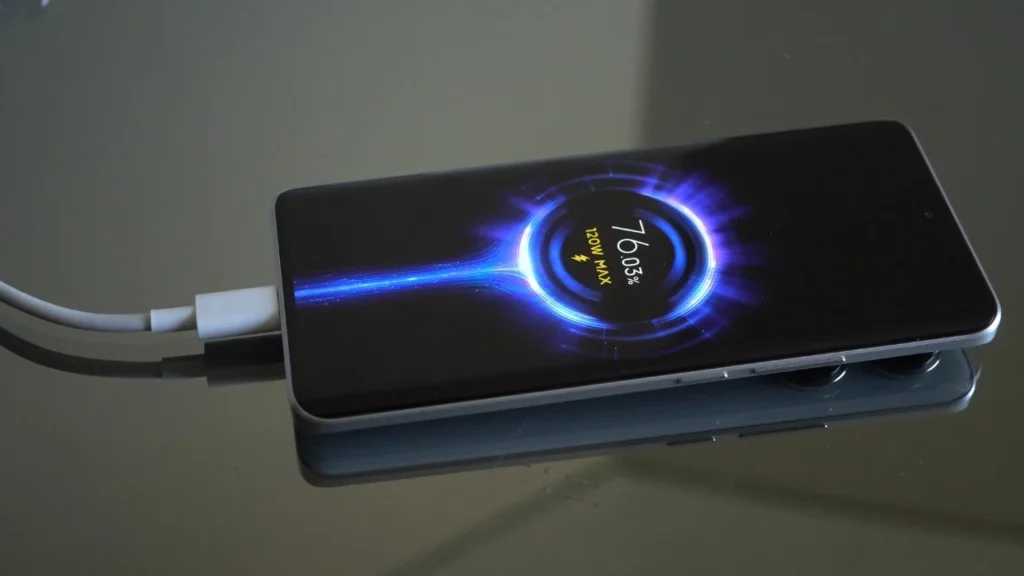
1. Why Battery Life Matters
Imagine your phone dying in the middle of a long trip or when you’re about to click a great picture. Battery life has always been one of the top priorities for users, and companies are now working hard to make phones last longer on a single charge.
In 2025, most smartphones now come with 5,000 mAh to 7,000 mAh batteries, and that’s becoming the new standard. This means you can easily go through a full day — or even two — with normal use.
2. Smarter Battery Management
It’s not just about the size of the battery anymore. Thanks to new software and AI optimization, phones are learning how to manage power more intelligently.
For example:
- If you often use social media at night, your phone will save extra power during the day.
- If you rarely open a certain app, it stops running in the background to save energy.
- The phone can also reduce screen brightness or turn off high-refresh-rate mode when not needed.
This smart management helps your phone last longer without you doing anything.
3. Super-Fast Charging
Fast charging has become a game changer. You no longer have to wait hours for your phone to charge. In 2025, many smartphones support 100W to 150W charging, while some even go up to 200W.
That means your phone can charge from 0% to 100% in 15 to 20 minutes — about the time it takes to drink a cup of tea!
Wireless charging has also improved, now reaching speeds of 50W or more. This makes it easier to charge without cables, especially when you’re working or watching videos.
4. Safer and Smarter Charging
With higher charging speeds, safety is very important. Modern phones now come with smart charging chips that monitor temperature, voltage, and current flow.
If the phone gets too hot, the chip automatically slows down charging to protect the battery. Some phones even divide the battery into two smaller cells to charge faster without heating up.
Many brands now include special modes like “Night Charging” or “Adaptive Charging.” These slow down the charging speed when you charge overnight — helping the battery last longer over time.
5. Better Battery Materials
Companies are also improving the material inside batteries. Instead of the old lithium-ion design, many new phones use silicon-anode or graphene-enhanced batteries.
These materials hold more energy and charge faster without overheating. They also make the battery safer and more durable — so you won’t need a replacement soon.
6. Power-Efficient Processors
It’s not only the battery that decides how long your phone lasts — the processor (chip) plays a big part too.
New processors in 2025 are built with 3nm and 4nm technology, which means they use less power and run cooler. This makes your phone more energy-efficient, giving you more screen time even with the same battery size.
So, when buying a new phone, check not only battery capacity but also the chip type — because an efficient processor can save a lot of energy.
7. Battery Health Features
Most brands now include tools to monitor your battery’s health. These features show how much the battery has degraded over time and give tips to keep it healthy — like avoiding full discharges or not charging past 80% all the time.
Some phones also allow you to set a charging limit, so the phone automatically stops charging when it reaches your chosen percentage.
These features help you keep your battery strong for years instead of months.
8. Solar and Reverse Charging
A few high-end phones are experimenting with solar charging and reverse wireless charging.
Reverse charging lets your phone act as a power bank — you can charge your friend’s phone or your smartwatch by placing it on the back of your device. It’s a small feature, but very useful in emergencies.
Solar charging, while still new, could become more popular in the future — especially for travelers and outdoor users.
9. Portable and Smart Accessories
Many companies now offer power banks and charging docks that match their phone ecosystem. Some can charge multiple devices at once — like your phone, earbuds, and smartwatch — from one cable or pad.
Fast chargers are also becoming smaller and lighter, so you can easily carry them during trips.
Final Conclusion
Big batteries and fast charging are no longer luxury features — they are a must-have for today’s busy lifestyle. In 2025, you can expect even mid-range phones to offer excellent battery life and ultra-fast charging speeds.
When choosing a new phone, look beyond just numbers. Consider how efficiently the phone manages power, whether it supports safe charging, and how long the battery will stay healthy.
Because at the end of the day, a phone with a powerful battery doesn’t just save time — it keeps you connected, productive, and worry-free all day long.
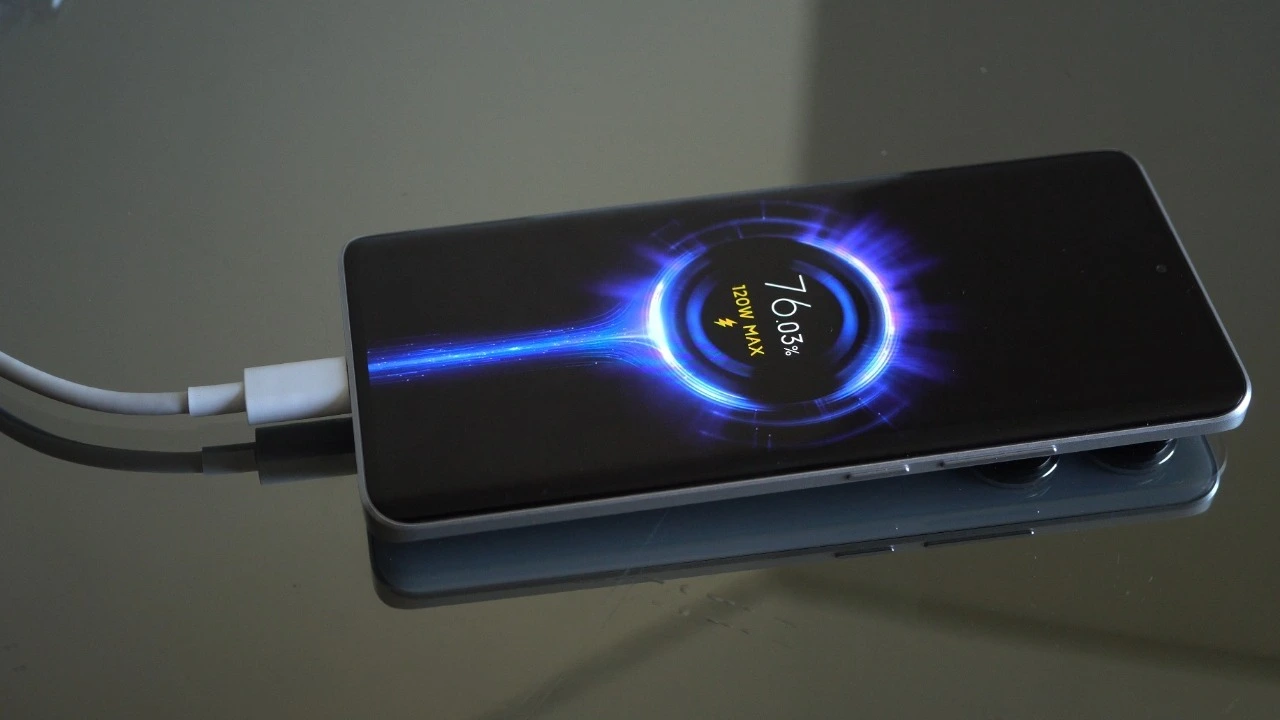
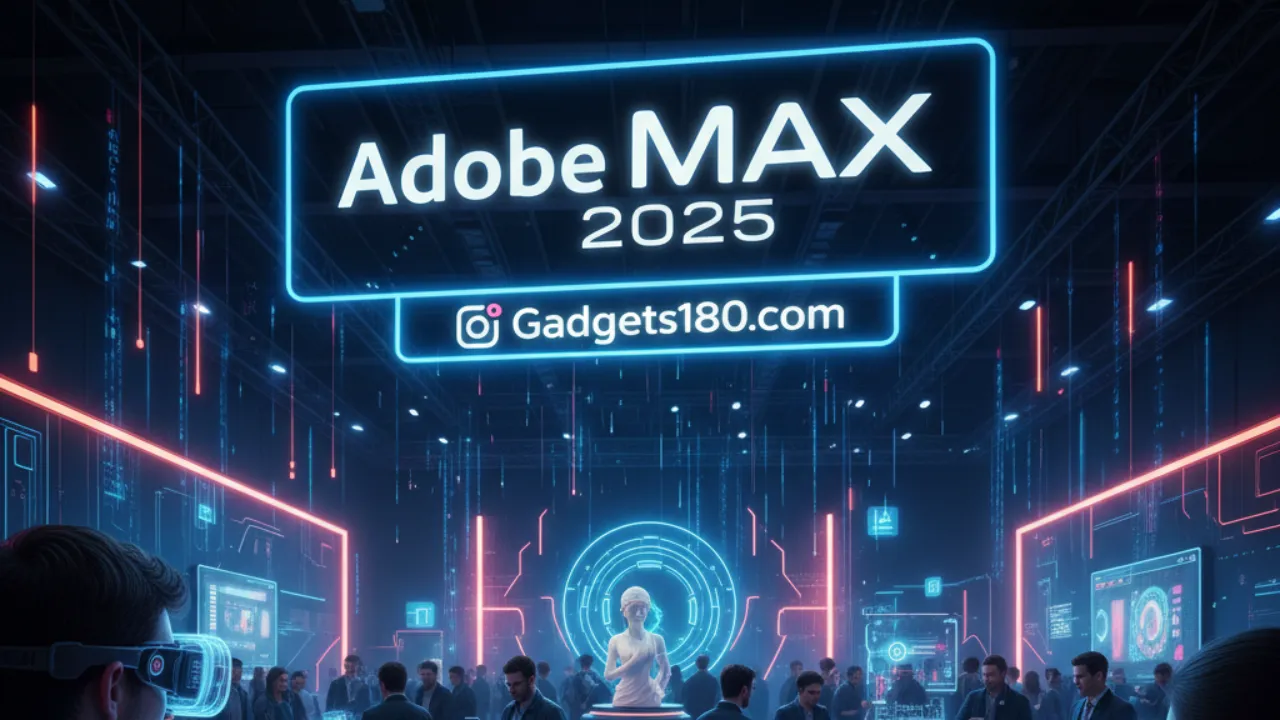
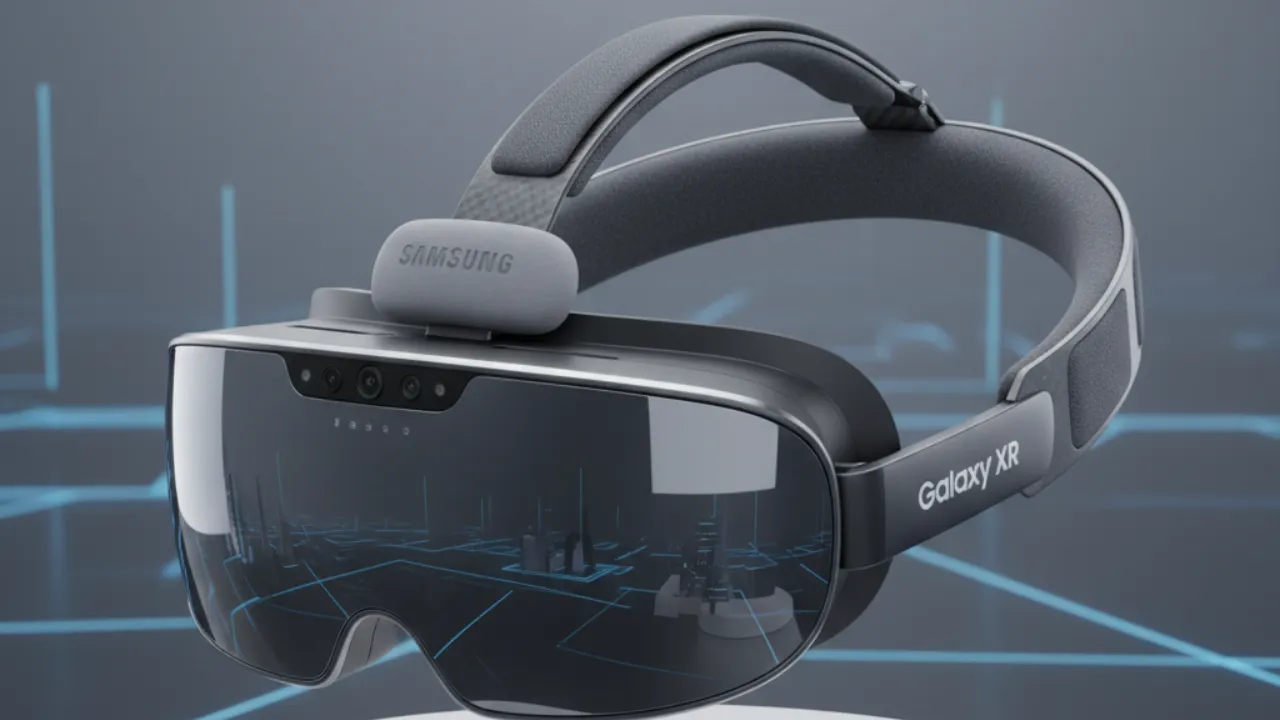
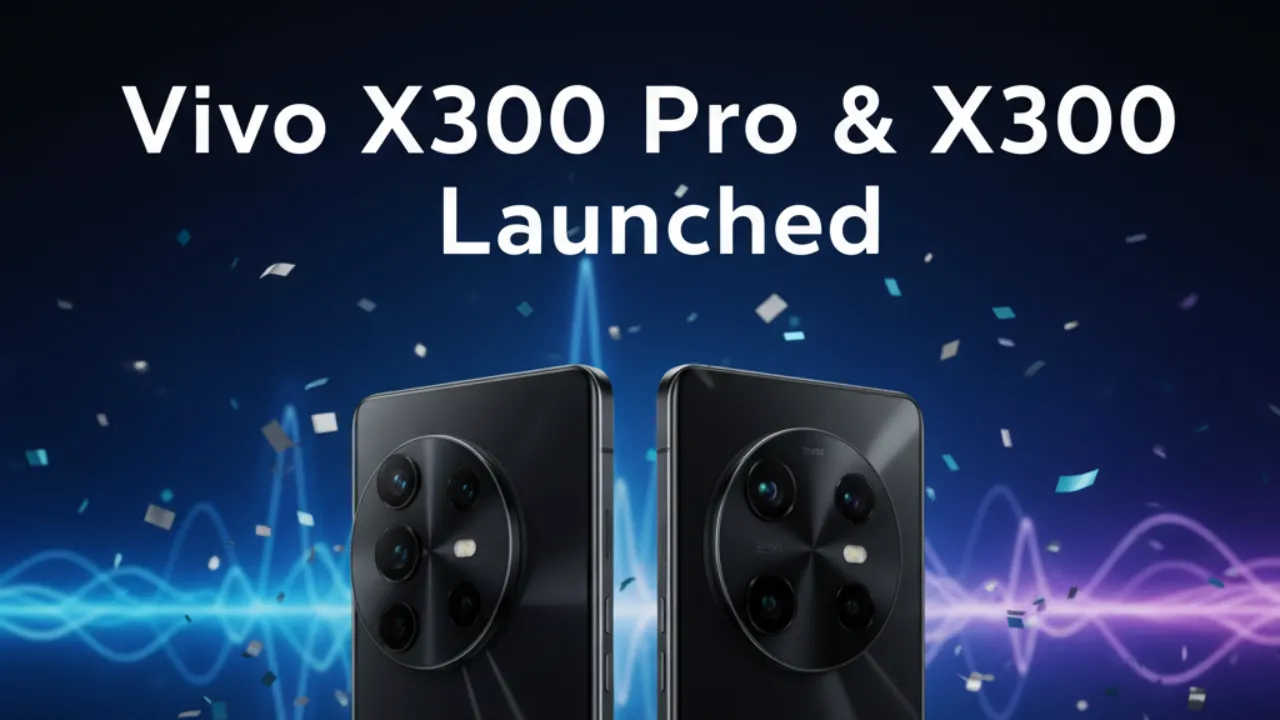


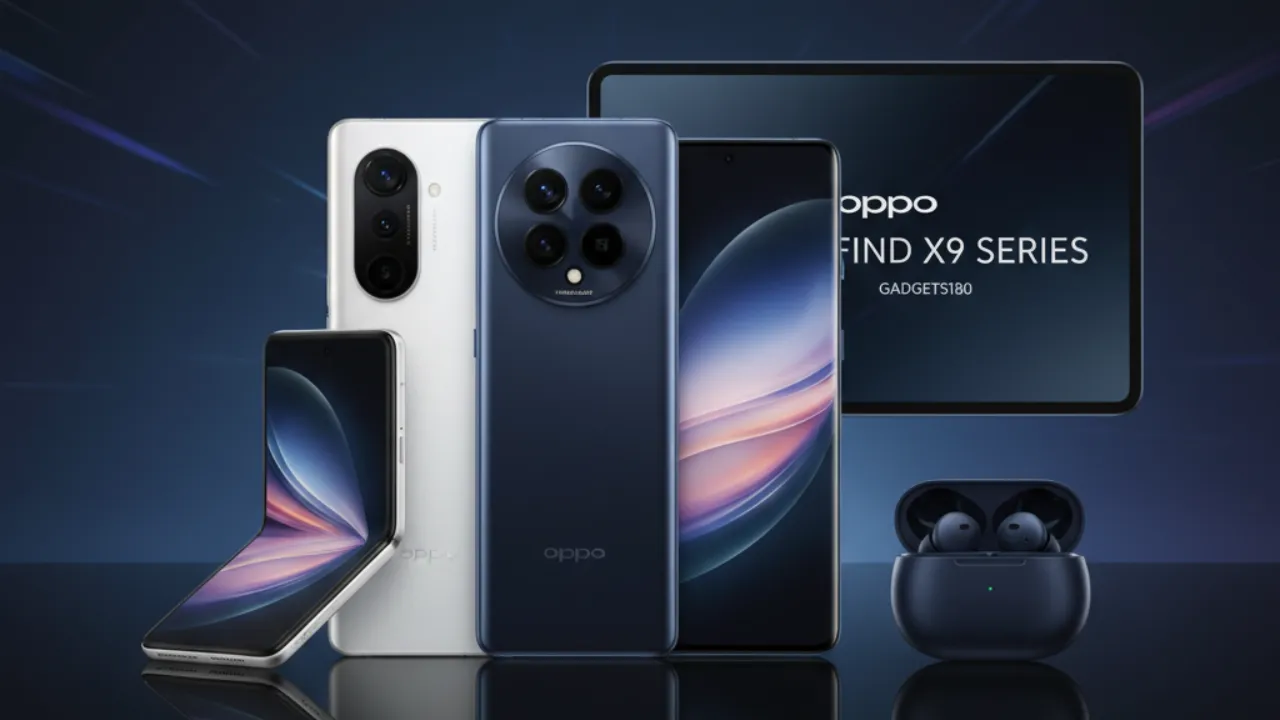
Comment on “Big batteries and Fast charging”